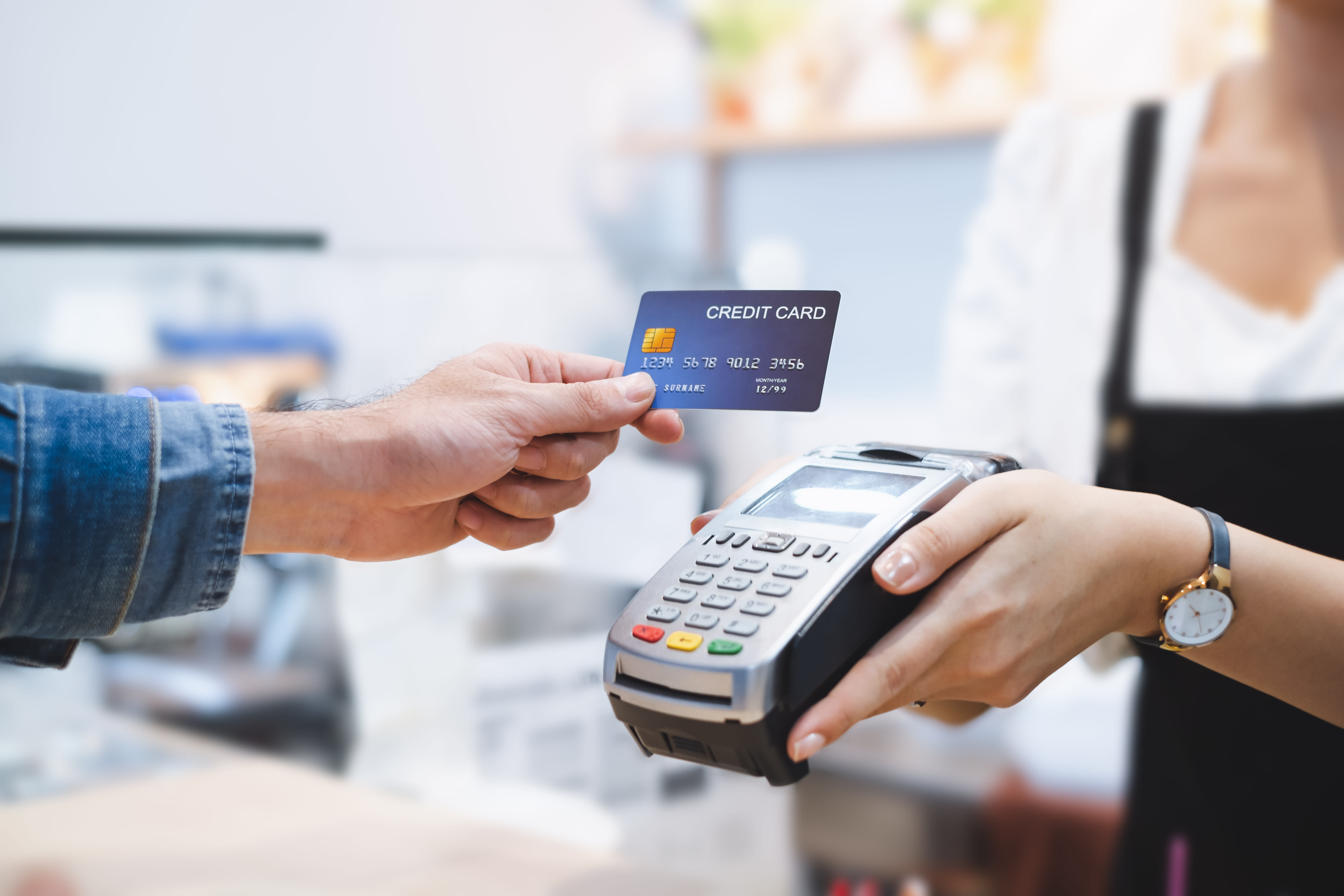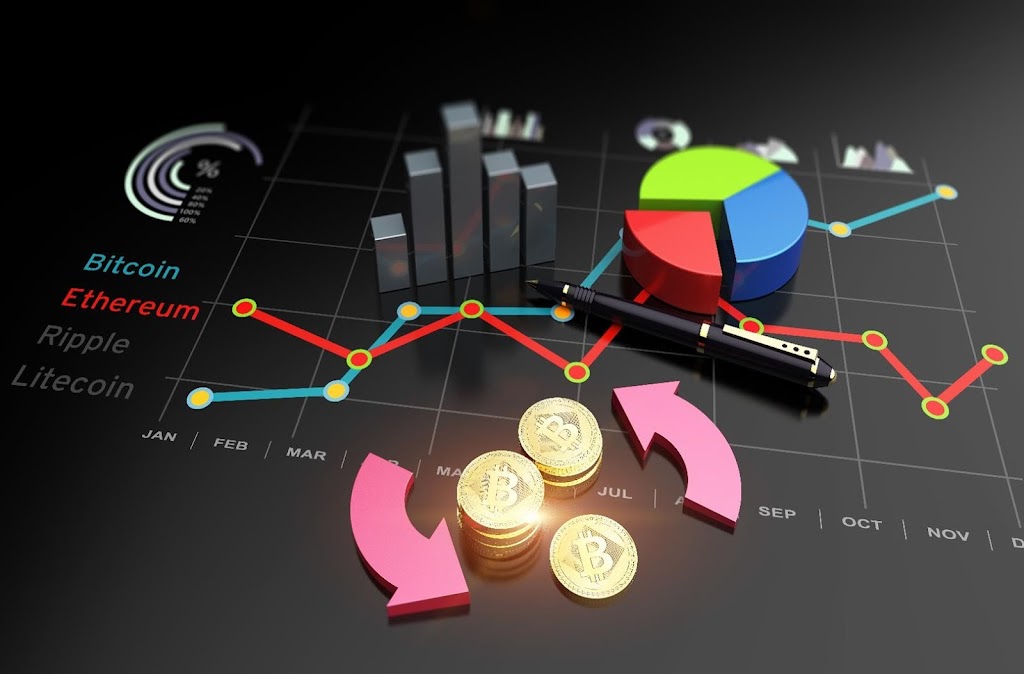How Do Credit Cards Work?
Credit cards have become an integral part of our financial landscape, offering convenience and flexibility in managing transactions.
However, understanding how credit cards work is crucial to making informed financial decisions and maintaining a healthy credit profile. In this detailed guide, we will delve into the mechanics of credit cards, exploring their features, benefits, risks, and the impact they can have on your overall financial health.
**1. Understanding the Basics of Credit Cards
1.1 What is a Credit Card?
A credit card is a financial tool that allows cardholders to borrow funds from a credit issuer up to a predetermined limit. Unlike debit cards that draw directly from your bank account, credit cards provide a line of credit, essentially a short-term loan. This credit line is not unlimited and is determined by factors such as your credit history, income, and other financial aspects.
1.2 How Do Credit Limits Work?
Credit limits represent the maximum amount you can borrow on your credit card. Issuers set these limits based on your creditworthiness. Responsible use and timely payments can lead to credit limit increases over time, while missed payments or high credit utilization may result in reductions.
2. The Dynamics of Credit Card Transactions
2.1 Making Purchases
When you make a purchase using a credit card, you’re essentially borrowing money from the credit card issuer to complete the transaction. The merchant receives payment from the credit card company, and you incur a debt to be repaid later.
2.2 Interest Rates and APR
Credit cards come with Annual Percentage Rates (APR), which represent the cost of borrowing on an annual basis. It’s crucial to understand the difference between the regular APR for purchases, balance transfers, and cash advances. High APRs can lead to significant interest charges if you carry a balance.
2.3 Grace Periods
Many credit cards offer a grace period, usually between 21 and 25 days, during which you can pay off your balance in full without incurring interest. This period starts from the end of the billing cycle. Understanding and utilizing the grace period can help you avoid interest charges.
3. Credit Card Fees and Charges
3.1 Annual Fees
Some credit cards charge an annual fee for the privilege of using their services. While premium cards may offer valuable rewards that justify these fees, it’s essential to weigh the benefits against the costs.
3.2 Late Payment Fees
Missed payments often result in late payment fees, adding to your overall debt. It’s crucial to make payments on time to avoid these charges and protect your credit score.
3.3 Overlimit Fees
Exceeding your credit limit may trigger overlimit fees. Monitoring your spending and staying within your credit limit can help you avoid these charges.
3.4 Cash Advance Fees
If you use your credit card to withdraw cash, you may incur cash advance fees, which are typically higher than regular purchase APRs. Cash advances also often lack a grace period, meaning interest accrues immediately.
3.5 Balance Transfer Fees
Transferring a balance from one credit card to another may involve balance transfer fees. While this can be a useful strategy for consolidating debt and obtaining lower interest rates, it’s crucial to understand the associated costs.
4. Building and Maintaining Credit
4.1 Impact on Credit Score
Credit cards play a significant role in shaping your credit history and credit score. Responsible credit card use, including timely payments and maintaining a low credit utilization ratio, can positively impact your credit score.
4.2 Credit Utilization
Credit utilization refers to the ratio of your credit card balances to your credit limits. Keeping this ratio low (typically below 30%) demonstrates responsible credit management and positively influences your credit score.
4.3 Credit Reporting
Credit card issuers report your account activity to credit bureaus, influencing your credit report and, consequently, your credit score. Consistent positive behavior enhances your creditworthiness.
5. Rewards and Perks
5.1 Cash Back, Points, and Miles
Many credit cards offer rewards programs, providing cash back, points, or miles for eligible purchases. Understanding the terms and conditions of these programs can help you maximize the benefits.
5.2 Introductory Offers
Credit cards often feature introductory offers, such as 0% APR for a specified period or bonus rewards. Utilizing these promotions wisely can result in significant savings.
6. Responsible Credit Card Management
6.1 Budgeting
Creating and sticking to a budget is essential for responsible credit card use. Knowing your income, expenses, and spending limits helps prevent overspending and accumulating debt.
6.2 Timely Payments
Paying your credit card bill on time is crucial for maintaining a positive credit history. Late payments can lead to fees, increased interest rates, and negative impacts on your credit score.
6.3 Regular Monitoring
Regularly reviewing your credit card statements and transactions helps detect any unauthorized or fraudulent activity. Promptly reporting any discrepancies to the issuer can protect your finances and credit.
7. Managing Debt and Avoiding Pitfalls
7.1 Debt Repayment Strategies
If you find yourself in credit card debt, developing a repayment strategy is vital. Options include the snowball method, avalanche method, and debt consolidation. Understanding the pros and cons of each approach can guide your decision.
7.2 Avoiding Minimum Payments
While minimum payments may seem convenient, they can result in a cycle of debt due to accumulating interest. Striving to pay more than the minimum can accelerate debt repayment.
7.3 Closing Unused Accounts
Closing unused credit card accounts may impact your credit score, as it can affect your credit utilization ratio and average account age. Carefully consider the implications before closing any accounts.
8. Security Measures and Fraud Protection
8.1 EMV Chips and Contactless Payments
Credit cards are equipped with EMV chips to enhance security during in-person transactions. Contactless payments, utilizing technologies like NFC, further contribute to secure transactions.
8.2 Fraud Monitoring
Credit card issuers employ sophisticated fraud monitoring systems to detect unusual or suspicious activity. However, cardholders should also remain vigilant, promptly reporting any unauthorized transactions.
9. Choosing the Right Credit Card
9.1 Assessing Your Needs
Selecting the right credit card involves evaluating your financial goals, spending habits, and creditworthiness. Whether you prioritize rewards, low APR, or specific perks, there’s a card tailored to your needs.
9.2 Reading Terms and Conditions
Thoroughly reviewing the terms and conditions of a credit card agreement is crucial. Understanding interest rates, fees, rewards structures, and other terms ensures you make informed decisions.
10. Conclusion
In conclusion, credit cards can be powerful financial tools when used responsibly. Understanding how credit cards work, from their basic mechanics to their impact on credit scores and financial well-being, empowers individuals to make informed choices. By managing credit cards wisely, one can harness their benefits while avoiding potential pitfalls. Regular monitoring, responsible budgeting, and strategic debt management are essential elements in maximizing the advantages of credit cards and building a strong financial foundation.









